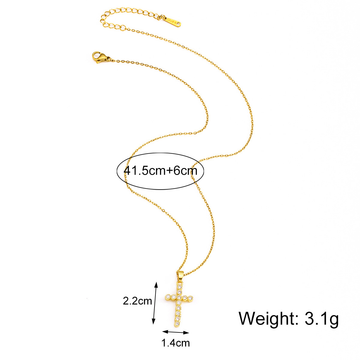Precautions before cleaning
Understand the material characteristics of bracelets: Stone bracelets made of different materials have significant differences in physical and chemical properties. For instance, nephrite (such as Hetian jade) has a relatively warm and smooth texture and a relatively low hardness. Jadeite (such as jadeite) has a higher hardness but slightly lower toughness. Gemstones like agate and crystal also have their own unique properties. Before cleaning, it is essential to clearly identify the material of the bracelet to avoid damaging the gemstones due to improper cleaning methods. If you are not sure about the material, you can consult a professional first.
Check the condition of the bracelet: Carefully examine the bracelet for any cracks, loose inlays or obvious flaws. If the bracelet has these problems, during the cleaning process, it may suffer more serious damage such as the expansion of cracks and the detachment of inlays due to external force. For instance, if there are tiny cracks on the bracelet, using overly hard cleaning tools or overly vigorous cleaning methods may deepen the cracks.
Prepare appropriate tools: Choose suitable cleaning tools based on the material of the bracelet. Generally speaking, it is necessary to prepare soft fabrics (such as cotton cloth, deerskin cloth), soft-bristled brushes (such as toothbrushes), neutral cleaners, etc. Avoid using tools such as hard-bristled brushes and steel wool balls that may scratch the surface of the bracelet.
Precautions during the cleaning process
Control the cleaning force: When cleaning, be gentle and avoid excessive force. For bracelets with carvings or textures, extra care should be taken during cleaning to prevent damage to the carving details. For instance, when cleaning a jade bracelet with finely carved patterns, use a soft-bristled brush to gently scrub the carved areas to prevent the bristles from getting stuck in the crevices of the carvings and causing damage.
Choose the right cleaning agent: Use neutral cleaning agents and avoid those containing acidic, alkaline or corrosive components. Acidic cleaners may corrode the surface of some gemstones, and alkaline cleaners may cause gemstones to lose their luster. If you are not sure whether the cleaner is suitable, you can first conduct a small-scale test in an inconspicuous area. For instance, drop a drop of cleaner on the edge or inside of the bracelet and observe for a period of time to see if there are any adverse reactions.
Pay attention to the water temperature for cleaning: The water temperature should be moderate, neither too high nor too low. Excessively high water temperature may cause some gemstones to crack due to thermal expansion and contraction, while excessively low water temperature may affect the effectiveness of the cleaning agent. Generally speaking, water at room temperature is sufficient. If there are stubborn stains on the bracelet, the water temperature can be appropriately increased, but it should not exceed 40℃.
Avoid soaking for too long: Unless the material of the bracelet is suitable for long-term soaking (such as some specially treated gemstones), it is generally not recommended to soak it in a cleaning solution for a long time. Long-term soaking may cause changes in the internal structure of the gemstone or loosen the setting. For instance, for some bracelets inlaid with gemstones, soaking for too long may soften the glue, causing the gemstones to fall off.
Post-cleaning precautions
Thoroughly rinse: After cleaning, thoroughly rinse the bracelet with clean water to ensure no detergent remains. Residual cleaning agents may form stains on the surface of the bracelet, affecting its appearance. It can be rinsed with running clean water, or the bracelet can be soaked in clean water for a while and then gently shaken.
The correct way to dry: Gently dry the bracelet with a soft cloth, avoiding vigorous wiping or friction. When wiping, be sure to follow the texture direction of the gemstone to prevent scratching the surface. For instance, when it comes to textured agate bracelets, wiping along the grain can reduce damage to the gemstones.
Storage environment requirements: After cleaning, the bracelets should be stored in a dry, cool and well-ventilated place, avoiding direct sunlight and high-temperature environments. Direct sunlight may cause gemstones to fade or change color, and high-temperature environments may affect the stability of gemstones. Bracelets can be placed in a special jewelry box or wrapped in soft fabric for storage.
Cleaning precautions for special material bracelets
Organic gemstones: such as pearls, corals and other organic gemstones, which are relatively fragile in texture, require extra care when cleaning. Avoid using cleaning agents containing chemical components. You can directly rinse with clean water gently and then dry with a soft cloth. Do not soak organic gemstones in water for a long time to avoid affecting their luster and texture.
Porous gemstones: Porous gemstones like turquoise and lapis lazuli are prone to absorbing moisture and stains. When cleaning, do not use liquid cleaners. You can gently brush off the surface dust with a soft-bristled brush. If the stain is severe, you can place the gemstone in dry coarse salt and use the adsorption effect of the coarse salt to remove the stain. However, it should be noted that the operation time should not be too long to avoid damaging the gemstone.







